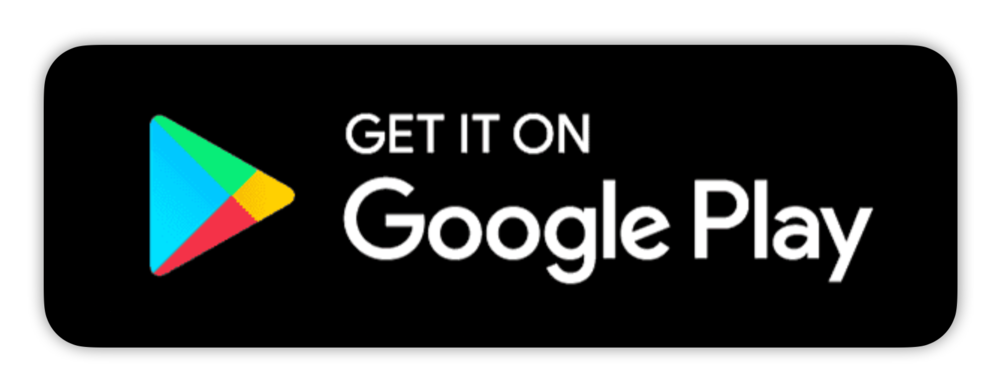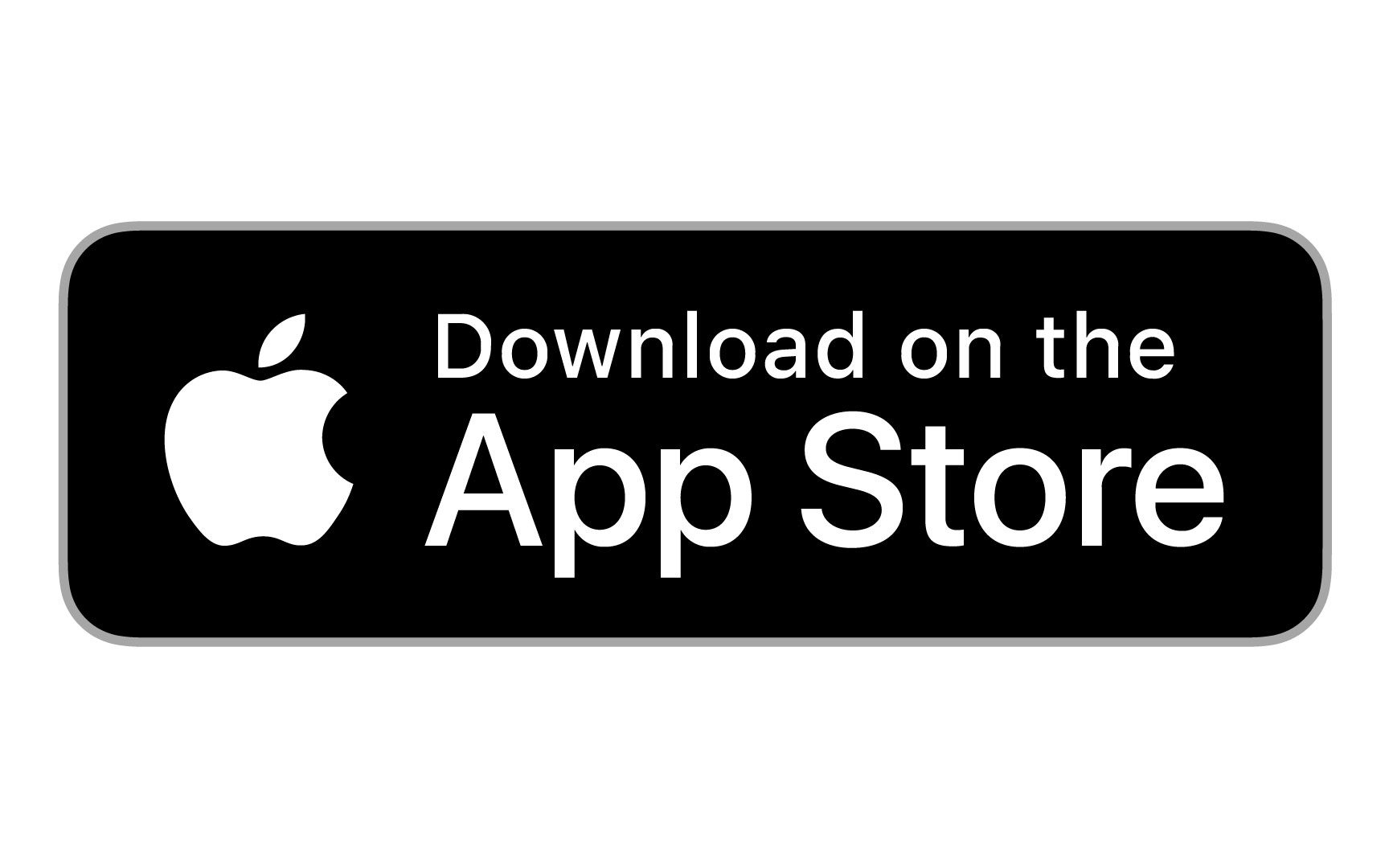
Image Source: Oncourse Learning
In today’s complex financial landscape, the significance of employee financial education has never been greater. The feeling of being confident about your financial decisions, knowing your next steps, and being empowered about your financial future. Isn’t it something we all yearn for? It’s time to turn this vision into reality for every employee in your organization.
Employee financial education refers to the process of equipping employees with the knowledge they need to manage their money wisely. Employee financial wellness programs pave the way for better financial health. From understanding how to create a realistic budget, to navigating complex investment decisions, this form of education is integral to professional productivity.
An informed employee is a financially healthier, more engaged, and, ultimately, more productive member of your team. Keep reading to know how you can improve financial education in the workplace for employee personal empowerment and organizational success.
Strategy 1: Implementing Comprehensive Employee Financial Wellness Programs
Making strides towards employee financial literacy begins with a strong foundation: a comprehensive financial wellness program. But what does this program involve, and how can it transform your employees’ financial health?
A financial wellness program is a holistic initiative designed to educate employees about the facets of financial planning, ranging from managing debt and savings to investment strategies and retirement planning. This program goes beyond just theoretical knowledge.
The financial education program equips your team with practical skills to make informed financial decisions in real-world scenarios. The ultimate goal? Foster financial well-being and mitigate financial stress among your employees, leading to increased productivity in the workplace and job satisfaction.
Now that we’ve got the ‘what’ covered, let’s get straight into the ‘how’. Here are key steps to implement these programs in your workplace:
- Conduct a thorough assessment of your employees’ financial needs.
- Craft a tailored financial wellness program based on your assessment.
- Involve experts for precise and reliable information dissemination.
- Leverage technology to make the program accessible and engaging.
- Communicate regularly about the program to boost participation.
- Monitor the program’s impact and make necessary adjustments.
Strategy 2: Utilizing Digital Platforms to Provide Financial Education Programs
The advent of technology has revolutionized countless aspects of our lives. Financial education is no exception. If you haven’t yet integrated digital platforms into your financial education programs, now’s the time. It’s more than just a trend; it’s an effective strategy to ensure your employees have access to the knowledge they need and when they need it.
Digital platforms, like Finaciti, offer features that traditional methods can’t match. Personalization is a significant one. Each employee has a unique financial situation. With digital platforms, you can tailor content to fit individual needs, making learning more relevant and effective.
Moreover, the engaging nature of digital content which ranges from interactive quizzes to informative videos, makes financial education less of a chore and more of an engaging activity. This ensures the learning sticks and employees can apply their knowledge in real-life situations effectively.
From a broader perspective, digital platforms for financial literacy programs also allow you to track progress, measure effectiveness, and adjust strategies promptly. Therefore, digital platforms are a necessity in today’s digital age to take your employees’ financial literacy to the next level.
Strategy 3: Offering Personalized Financial Coaching from Certified Financial Planners
The financial journey is different for everyone. Some might be paying off student debts. Others might be saving for a down payment on a house. While others may be planning for retirement. That’s why personalized financial coaching is a game-changer for employee benefits.
This strategy involves providing customized financial advice from financial advisors that fits the unique financial situation of each employee, making financial education much more relevant and effective.
Here are some steps to implement personalized financial coaching in your workplace:
- Identify Individual Needs: Start with a confidential survey to understand the unique financial situations and concerns of your employees.
- Hire Qualified Financial Coaches: Look for professionals with relevant certifications and experience. They should also have the skills to communicate complex financial concepts in simple, understandable terms.
- Offer One-on-One Sessions: Arrange private sessions between the coach and employees to discuss individual financial situations and financial goals.
- Provide Follow-up: Regular follow-up sessions ensure continued support and adjustment of financial plans as necessary.
- Respect Privacy: Ensure all information shared remains confidential to build trust and encourage openness.
Strategy 4: Promoting a Culture of Open Dialogue about Finances
Ever noticed how discussions about money can quickly turn into hushed whispers, even among the closest friends or family members? It’s a strange cultural norm that needs to change, especially in the workplace. The taboo around talking about money can make it difficult for employees to seek the help they need. This leads to financial stress that spills over into their work lives.
Promoting a culture of open dialogue about personal finances can do wonders. It helps employees break down barriers and allows employees to share experiences, learn from each other, and foster a sense of connection around a topic that’s often seen as “off-limits.”
Here are some steps to nurture this open culture in your workplace financial benefits:
- Encourage management to be open about personal financial topics.
- Organize Financial Wellness Workshops that can spark conversations about money matters.
- Assure employees they can discuss financial concerns without judgment.
- Highlight stories of employees who have improved their financial health.
- Encourage team members to help each other in their financial journey.
Strategy 5: Encouraging Continuous Financial Learning on Financial Well-Being
Let’s face it, the financial world is as dynamic as it gets. From ever-evolving tax laws to new investment avenues, keeping up can feel like running a never-ending race. That’s why continuous learning is not just a strategy, but a necessity when it comes to financial education.
Encouraging employees to consistently update their financial knowledge helps them adapt to changes and make informed decisions that align with their current financial situation and long-term goals.
To promote a culture of continuous financial learning in your workplace, consider these steps:
- Provide Regular Updates: Keep employees informed about changes in tax laws, retirement accounts, building on emergency funds, and other relevant financial matters.
- Give Your Employees Advanced Financial Literacy Education: For those keen on deepening their financial knowledge, provide opportunities to enroll in advanced financial courses.
- Create a Resource Hub: Maintain a repository of valuable financial resources like articles, webinars, podcasts, and eBooks.
- Invite Financial Experts: Arrange regular interactive sessions with financial professionals to share insights on trending financial topics.
- Promote Peer-to-Peer Learning: Encourage employees to share their financial knowledge and experiences with each other.
Partner With Finaciti in Improving the Financial Literacy of Your Employees
A well-informed employee is indeed an organization’s strongest asset. Many employers offer financial wellness surveys and access to financial education for employees to help workers in financial literacy training.
Through strategies focused on financial education like embracing digital platforms, offering personalized coaching, and promoting open dialogue and continuous learning, you can help your team take control of their financial future.But implementing these can be daunting without the right support. That’s where Finaciti’s Employee Financial Wellness Program steps in. Designed to empower, educate, and support employees on their financial journey, our program is a catalyst for change. Reach out to us at Finaciti today, and let’s start this transformation together.


